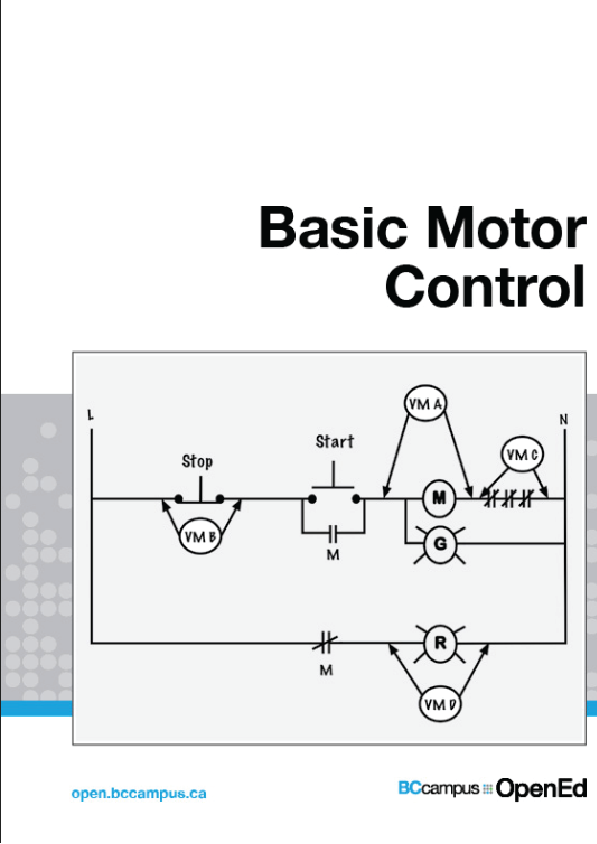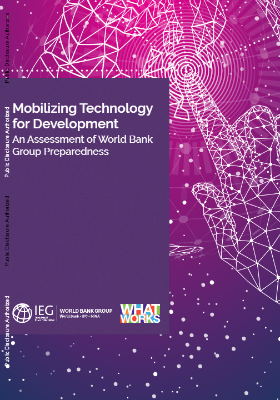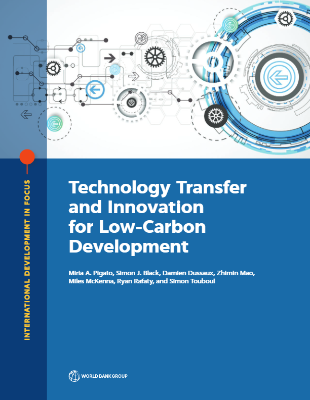Two of the first terms that we will cover are low-voltage release (LVR) and low-voltage protection (LVP).
Sometimes called under-voltage release, low-voltage release (LVR) is a property that circuits have when upon a return of voltage following a power outage, loads automatically turn back on.
Sometimes called under-voltage protection, low-voltage protection (LVP) is a property that circuits have when upon a return of voltage following a power outage, loads will not automatically turn back on and will require further input from the operator.
A simple example of low-voltage release (LVR) and low-voltage protection (LVP) is a simple lighting circuit and a household microwave. Imagine that you are at home, heating something in the microwave (perhaps a burrito) when all of a sudden all of the lights go out. But not just the lights, the microwave and every electrical device not powered by a battery is dead.
Perhaps a tree has fallen across some power lines? Regardless of the cause, the effect is the same: the power is out. This is a common and annoying experience for us all, and often there is nothing to do but light some candles, read a book, and wait.
How do we know when the power has been restored? All of a sudden all the lights come back on, and there’s a beep from the microwave letting you know that the clock needs to be reset.
The lights are an example of low-voltage release (LVR). The switches that control the lights were closed when the power went out, stayed closed during the power outage (the period of “low voltage”), and when the power was restored, the switches were all still in their “ON” position. The load was “released” after the period of “low-voltage.”
Low-voltage release (LVR) is very useful for circuits where re-energization after a brief or temporary loss of power is safe and desirable. Some examples include lighting circuits, sump pumps, refrigeration circuits, and ventilation circuits. These are examples of circuits where their failure to re-energize after a power disruption could lead to damage of property (sump pump) or endangerment of safety (parkade ventilation).
The microwave was an example of low-voltage protection (LVP). The timer controlling the microwave shut off when the power went out, and when the power returned, the control circuit of the microwave waited for further input from a human operator.
Low-voltage protection (LVP) is desirable when the sudden activation of a machine or other electrical load could cause damage or injury. Some examples would include any rotating machinery (table-saws, lathes) or moving conveyor belts. These are examples of circuits where the sudden re-energization could surprise or injure a person working nearby.
There are many ways that circuits can be equipped with either low-voltage release (LVR) or low-voltage protection (LVP), but two of the simplest are with two-wire and three-wire circuits respectively.
As a rule, if a circuit uses a magnetic contactor and a holding contact, it will provide low-voltage protection (LVP).
If it uses maintained contacts, then it most likely provides low-voltage release (LVR).











